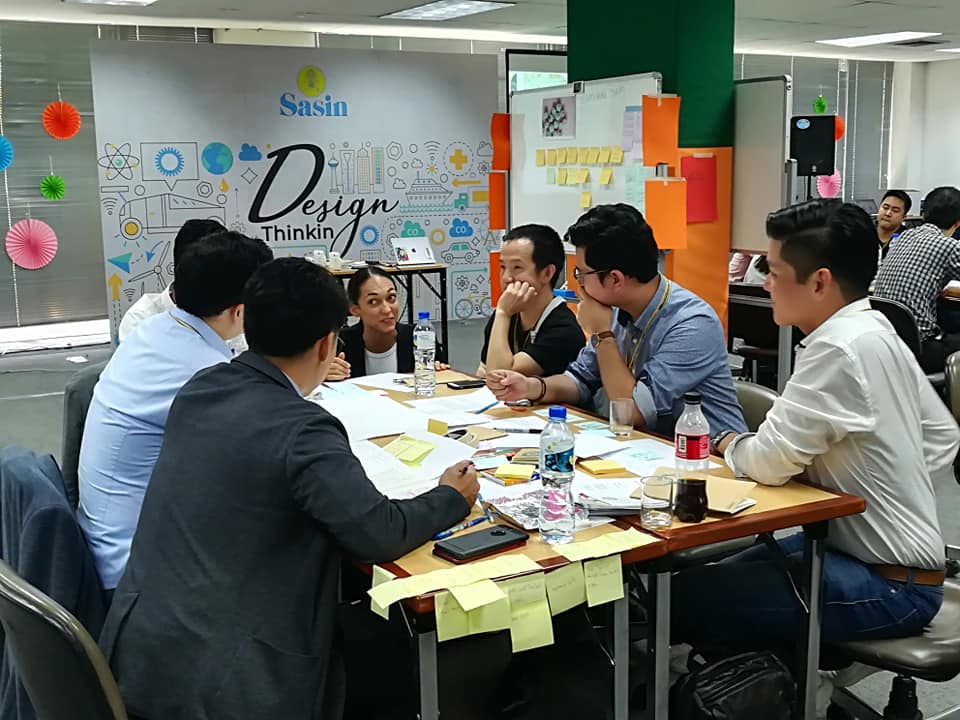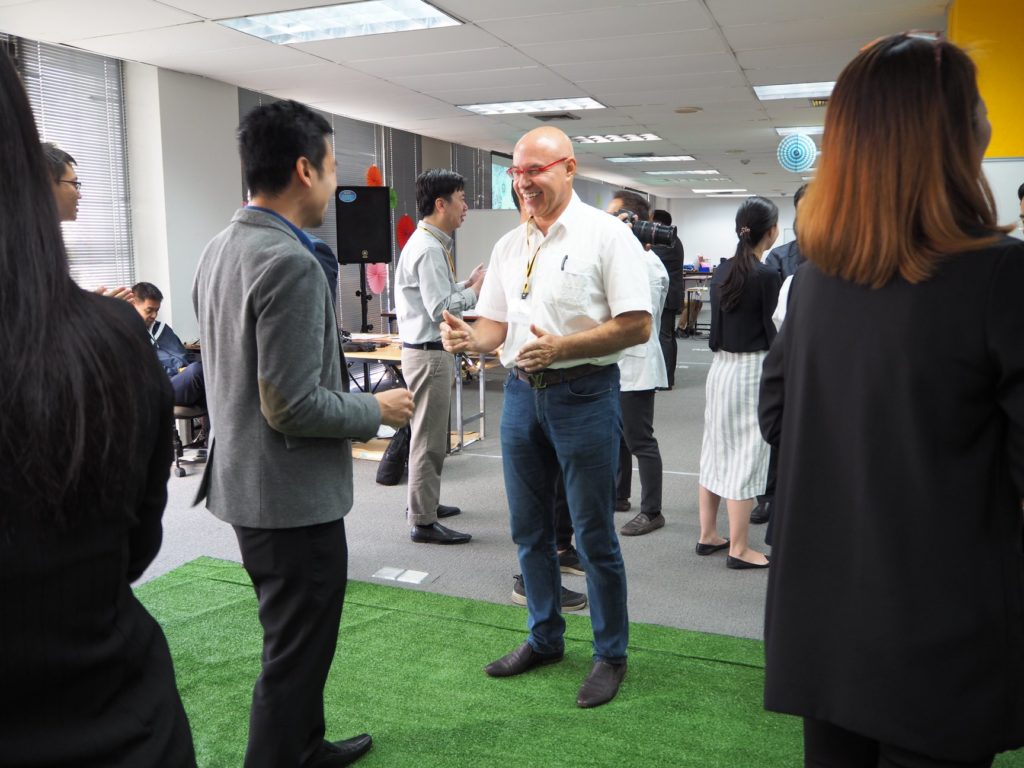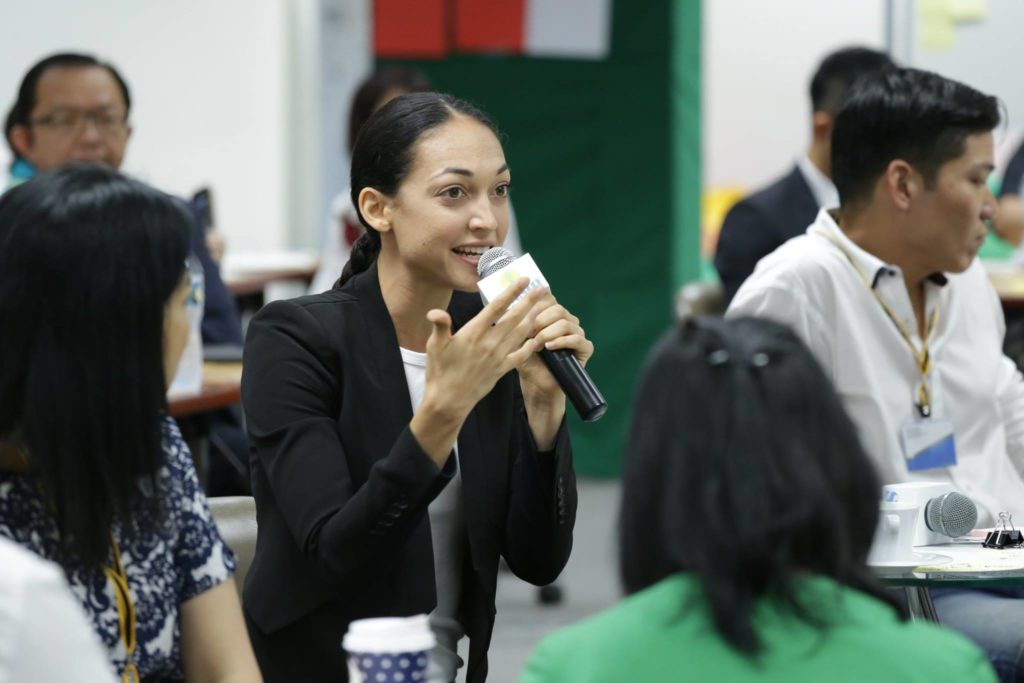By Dr. Ian Fenwick, Interim Deputy Director (External), at Sasin School of Management (Bangkok)
Lifelong learning is one of those things (like climate change), that inspires a lot more talk than action. Yet, also like climate change, it has a certain inevitability, and looms large over the future of education. There are three major forces at work in the prominence of lifelong learning.
Things change
First, this is the age of transformation. Disruption is commonplace. The usual culprit is unrelenting technological change: the advance of digital and the exponential change that it entails.
As computing power and data availability doubles every couple of years, businesses—of all sorts—are changed beyond recognition. The half-life of knowledge—the time it takes for half of the facts you know, and skills you possess, to become obsolete—has been put at 5 years[1]!
Think for a moment: what you learned in school, at university, on the job, has depreciated in accuracy, relevance, and value by about 50% every five years, and will continue to do so. You, and your team, are in need of updating… continuously!
Second—as a result of all that transformation—average corporate life expectancy (the period for which an organization can expect to survive) has plunged from over 67 years in the 1920’s, to about 15 years in 2015. Forecasts are that 75% of the current S&P 500 firms will not survive to 2027[2]!
At the same time, individual life expectancy has soared from just over 49 years in 1940 to well over 80 years now. Technology may take away at the corporate level, but (at least for those with means) it gives back to the individual. You are almost certain to outlive the organization for which you work, or which you run!
Third, even if your organization survives, what you will be doing for that organization will be very different from what you’re doing today. According to a recent report from Dell Technologies and the Institute for the Future (IFTF), 85% of jobs that will exist in 2030, haven’t been invented yet[3].
One might wonder how anyone can possibly know that it’s 85% and not merely 80%, but the principle seems clear. Technological change, increasingly rapid corporate decay, changes in demography, and the lurking hulk of artificial intelligence, will drive rapid—and unpredictable—change in job markets.
That’s a triple whammy: the world is changing fast, your knowledge and skills face early obsolescence, and yet your need for new knowledge and skills is increasing even more quickly! You will almost certainly end your career in a vastly different field from where you begin it, and doing totally different things.
Learning must change
If time travellers from the 19th century were to land on a street corner of Bangkok, they would be totally bewildered. If they didn’t get hit by a car, they’d be scared to death by all the digital billboards. However, if they wandered into a typical university lecture theatre, they’d feel right at home! In the conventional lecture room, very little has changed in 200 years!
It’s not just the physical surroundings, in too many cases the style of teaching and learning has evolved hardly at all over all those years. It’s been pointed out that a conventional lecture is a way for facts to make their way from the notes of the instructor to the notes of the student, without passing through the minds of either!
But the era of educational stagnation is ending. Learning is following the music industry. Consider the way music has evolved from pre-bundled, one-size-fits-all, selections of songs to streaming access: with the next song based on your individual past choices as interpreted by algorithms and AI.
Today’s traditional educational model lives in the era of the LP! By and large, it’s an intensive, pre-packaged, episodic, qualification-driven affair; based around facts and memorization. It’s a destination in a world of dynamic experiences; survival in the digital world is unlikely.
We can expect to see massive changes in the format of education as it becomes an on-going, streaming, continuous, on-demand, utility: a truly lifetime, and truly individual, activity.
Learning to learn
But that’s not all. We can also expect to see education shifting from an activity grounded in acquiring knowledge (probably in a classroom), to one driven by the practical applications of that knowledge (almost certainly, not in a classroom). Moreover, those practical applications of knowledge, are likely to go well beyond what the teacher intended. The practical application will be created, and motivated, by the learners and their active curiosity. There’s an old saying that one should “teach less, learn more”: that motto will become the touchstone for dynamic, practical, education.
Organizations that will thrive in the future—organizations that become resilient—will have to continuously adapt and reinvent themselves. They will repeatedly transform their business models so as to prosper no matter how their business environment evolves.
To thrive in this age of transformation—to achieve resilience—makes the ability to learn more valuable than exactly what is learned. Those who can most easily, quickly and effectively acquire and apply knowledge—people who have ‘learned how to learn’—will be the most prized in the future.
In an age of transformation, education and learning must be transformed… repeatedly. We ain’t seen nothing yet!






